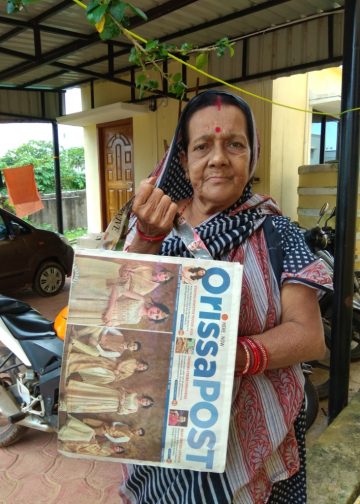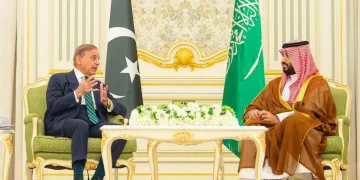Nepal has taken a baby step towards democracy in its premium version with its first federal parliament and provincial assembly elections since the Himalayan country adopted a new constitution September 2015. The elections have shown that the Himalayan nation has chosen a path distinctly leading away from monarchy. The election also saw a categorical dismissal of royalists campaigning for a Hindu state. The Left Alliance — Communist Party of Nepal (Unified Marxist-Leninist) (UML) and Communist Party of Nepal (Maoist Centre) (MC) — has a comfortable majority in the national parliament and are a force to reckon with also in six of the seven provincial assemblies. And the biggest benefit that the election has to offer is stability in a country that has seen much chaos through its years under monarchy and political instability thereafter. The newly adopted constitution of the country disallows no-confidence motion for two years. Also, the coalition of communist parties had hinted at uniting into a single party once a deal was struck. The communists have come to power on the promise of infrastructural development in an election at which no party focused on social issues that the country faces, including discrimination against Dalits, women and other marginalised groups. Unemployment, education and healthcare were issues conveniently ignored, as is also the wont with countries such as India, although many Nepalis are still required to travel abroad for work and the country still depends on remittances for 30 per cent of its GDP. The government will also have to tackle the Madhesis, who have a stronghold in province number 2. The Madhesi demand for equal rights and necessary amendments in the constitution remains unaddressed. The other huge challenge that Nepal faces is managing its relations with powerful neighbours — China and India — between which it is sandwiched.
But KP Oli who is likely to return as the prime minister of Nepal, is more keen on building relations with China than with India. Oli had signed trade and transit agreements with China when India was perceived to be supporting the Madhesis, who attempted a blockade of capital Kathmandu in 2015 seeking fulfillment of their demands. He also projected himself as the bulwark against domineering India by thwarting India’s intentions of acting as big brother. The Indian government had, in 2015, blocked transportation of petroleum and other essential items such as medicines into Nepal under the pretext of road blockage by Madhesis who were demanding a change in the constitution that had been freshly prepared at the time. That act by India has, ever since, turned the average Nepali anti India. However, the victory of the communist parties in Nepal cannot be seen as a vote for, or acceptance of, communism in the country. Gains for the communists at the ballot are merely a reflection of the electorate’s wish for political stability, peace and resistance to dominance by India. But in moving away from India, Nepal is gravitating towards China which is being welcomed by the populace. China, too, is keen to establish a firm foothold in Nepal, particularly as part of One Belt One Road initiative. The communist parties’ poll plank of infrastructural development will also offer China a means to expand its economic engagement and buildup of strategic space in Nepal. China could also facilitate the unification of the communist parties, to meet its own ends. Changes in Nepal pose threats to India owing to the possibility of the former British protectorate’s pivot to China. India will not be able to regain confidence of Nepal by working to destroy the existing political dispensation of that country. For this dismal diplomatic failure, India has no one but itself to blame.







































